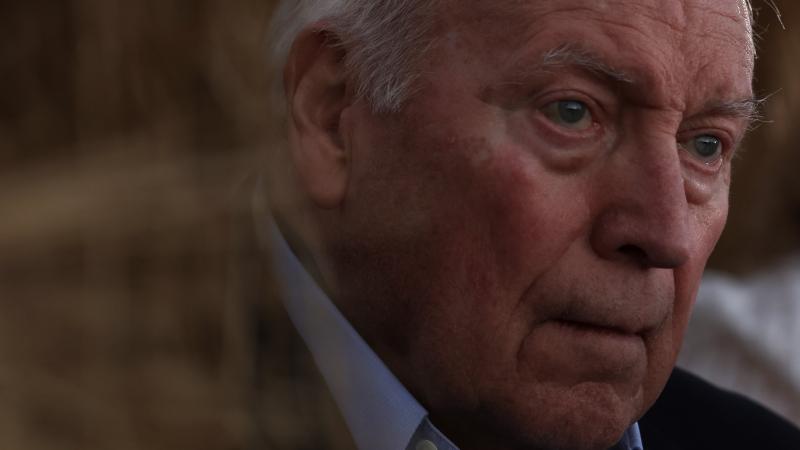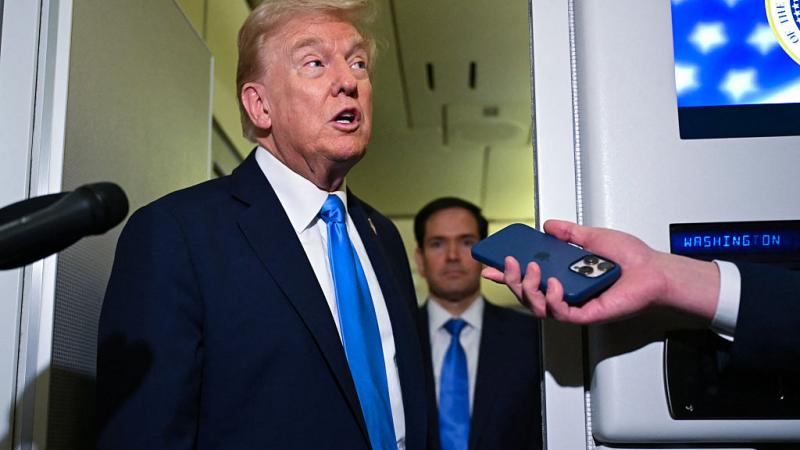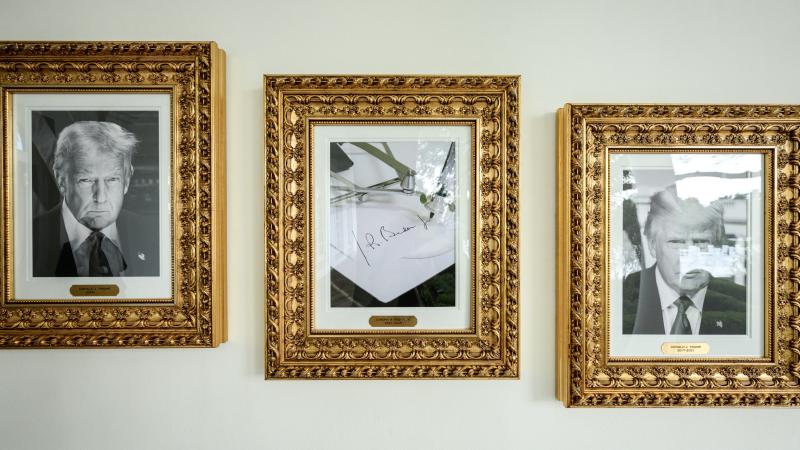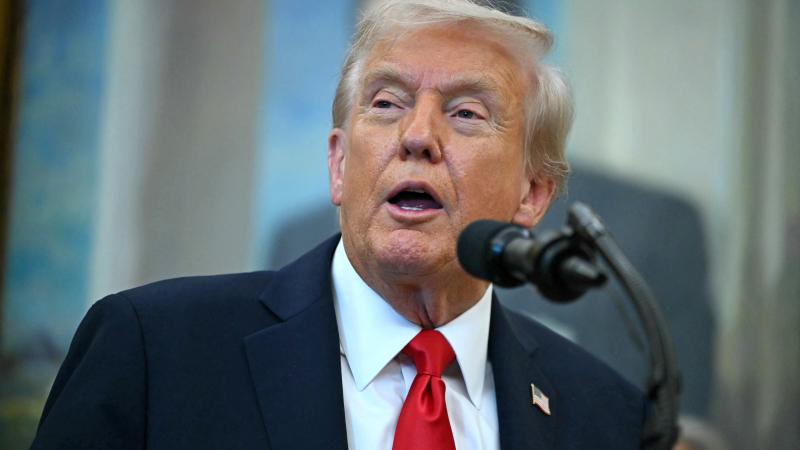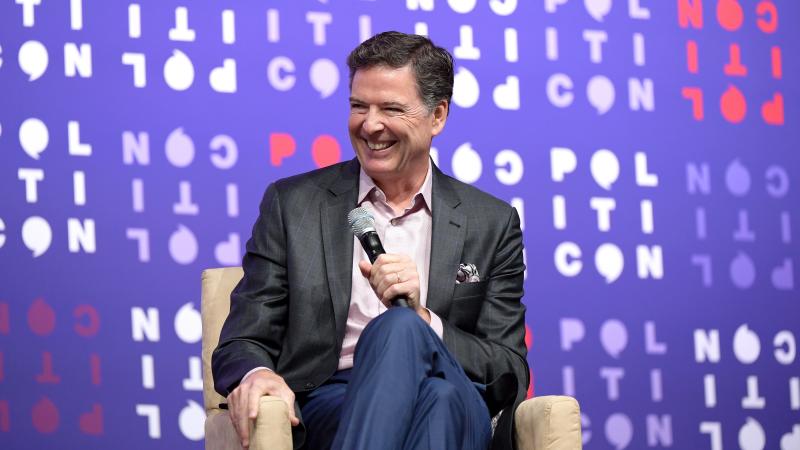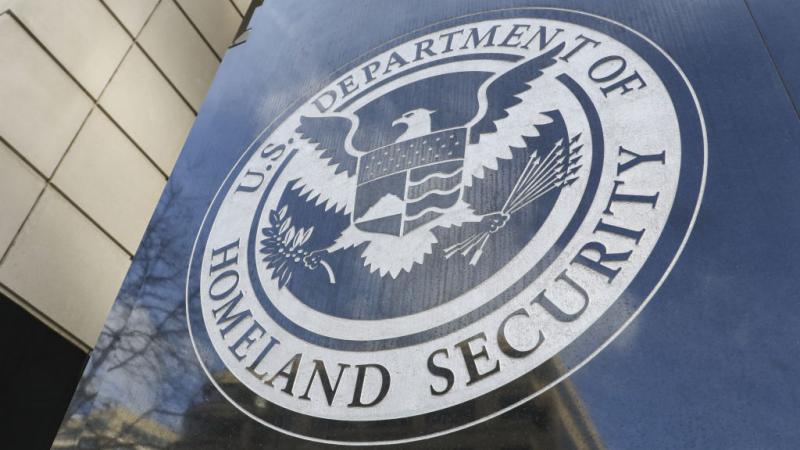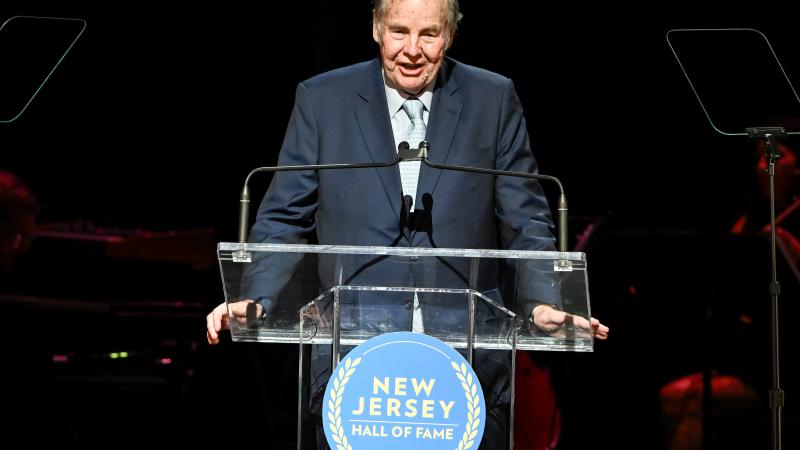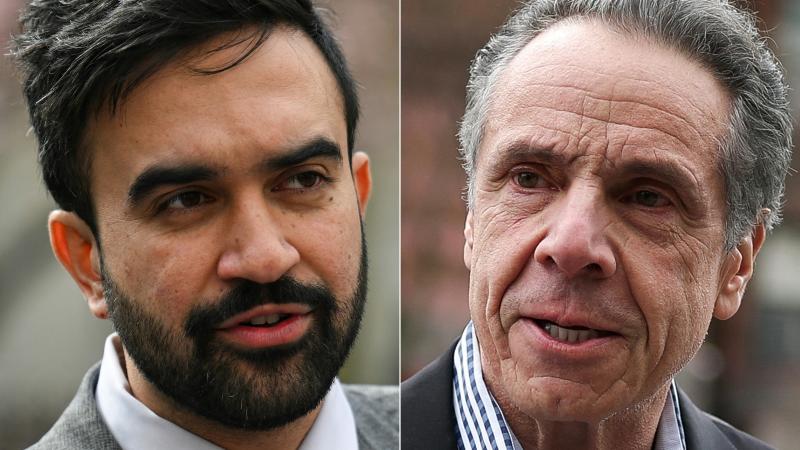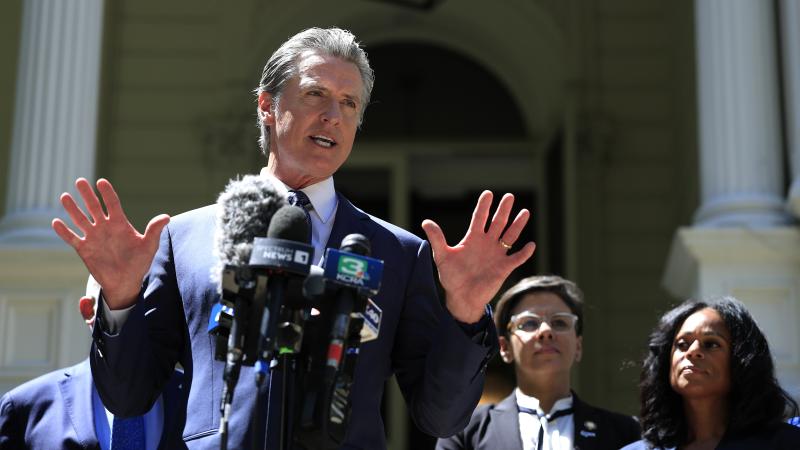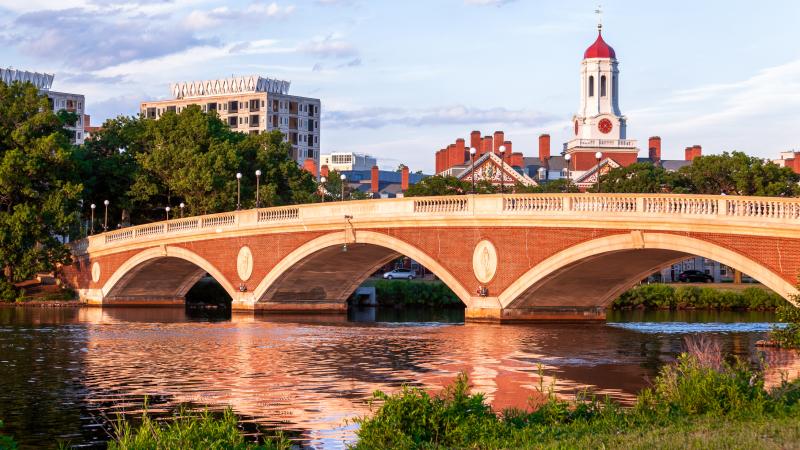Trump’s Opportunity Zones 2.0 aims to help low-income areas become economically productive
Helping disadvantaged areas help themselves out of poverty: The goal is to spur economic development in economically distressed areas by offering tax incentives for investors to reinvest capital gains into designated low-income census tracts.
On Tuesday, Housing and Urban Development (HUD) Secretary Scott Turner announced that he will be traveling to places like Ohio to explore how President Donald Trump's 2017 Opportunity Zone (OZ) program can expand affordable housing and work for lower-income, distressed communities.
"$90 billion of private money was invested in opportunity zones — urban, tribal, and rural. And now that they've been made permanent, we're looking for millions more to be lifted out of poverty, a hundred billion dollars to be invested, hundreds of thousands of jobs to be created, hundreds of thousands of units of housing to come online," he said during the cabinet meeting.
Referencing one of the originators of the program, Senator Tim Scott, R., S.C., Trump said, "Tim really came up with opportunity zones and we did a good job of working with them, and together we created something that nobody speaks of very much, but it's probably the most successful thing that's ever been done of its kind. It's been amazing. So Tim Scott deserves a lot of credit for that." Scott and Sen. Cory Booker, D-N.Y., were the first to propose the program in 2017.
2.0 Opportunity Zones reinvigorated
Trump’s revival and expansion of his Opportunity Zones program launched in his first term — labeled “OZ 2.0” under the One Big Beautiful Bill Act of 2025 — seeks to reshape urban and rural communities through tax incentives. The program is now a permanent fixture in the tax code, and will no longer sunset on December 31, 2026. Similar to Trump's first term, it will require balancing economic development with concerns about gentrification.
Beginning January 1, 2027, state governors will redesignate OZs every decade, with more stringent criteria cutting eligible census tracts by roughly 19.5–22% to focus on truly distressed areas. For investments post-December 31, 2026, the law offers a flexible five-year deferral on capital gains and a fixed 10% basis increase after five years, while preserving tax exemptions for gains held 10 years.
The One Big Beautiful Bill Act of 2025 also introduces Qualified Rural Opportunity Funds (QROFs) with a 30% basis boost and a lower 50% improvement threshold for rural zones. QROFs will serve as a special type of investment fund designed to encourage development in rural Opportunity Zones.
The aim is that it will make it easier and more attractive for investors to contribute capital in these rural areas by offering better tax breaks than regular Opportunity Zone funds. Specifically, if one invests in a QROF and holds it for five years, they would get a 30% increase in the value of the investment for tax purposes (compared to only 10% for non-rural funds).
Additionally, if improving a property in a rural OZ, the investor would only need to spend half as much money on upgrades as they would in a non-rural area to qualify for the tax benefits. This part of the law aims to boost businesses, housing, or other projects in rural communities that need economic help.
Opportunity Zones under Trump 1.0
The Opportunity Zones program, introduced as part of Trump’s 2017 Tax Cuts and Jobs Act, aimed to spur economic development in economically distressed areas by offering tax incentives for investors to reinvest capital gains into designated low-income census tracts.
Championed by former HUD Secretary, Dr. Ben Carson, the program designated 8,764 Opportunity Zones across the United States, covering nearly 35 million Americans, with the goal of fostering job creation, business investment and community revitalization.
According to the White House and the Council of Economic Advisers, by the end of 2019, Opportunity Zones attracted roughly $75 billion in funds, driving $52 billion in new investments into distressed communities. According to the White House, the program created at least 500,000 new jobs and was on track to lift one million people out of poverty.
Putting working class, the "forgotten man" first
Trump's first term saw successes in the program. Even the New York Times acknowledged creative developments in places like Birmingham, Alabama, where an old movie theater in Birmingham’s predominantly black Woodlawn neighborhood was renovated for community use.
The House Ways and Means Committee praised the program as "a lifeline for some of America’s poorest and most rural communities that would see billions in new investment." Ways and Means Committee Chairman Jason Smith, R., Mo., said in February that “Last year, the Ways and Means Committee held a hearing on the effectiveness of Opportunity Zones in Erie, Pennsylvania. We heard stories from folks in the community about how Opportunity Zones revitalized downtown Erie and neighborhoods with new businesses, new homes, and new jobs after decades of decline and neglect."
"Without a doubt," he continued, "the Trump tax cuts put the needs of working-class families and forgotten men and women first. We also heard about how the OZ program could be improved. Small towns and rural America are great places to build new businesses but have too often been overlooked by Washington."
